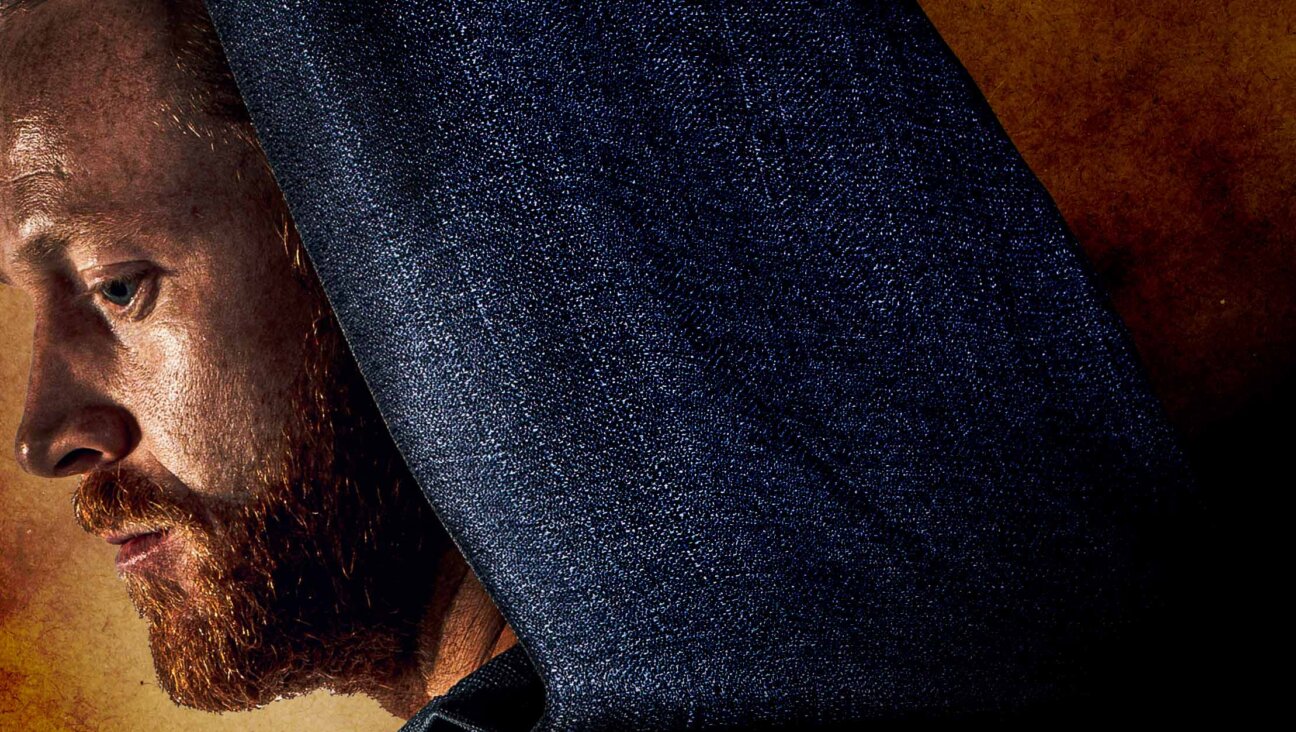Biblical Memoirs: Cutting Edge or Old Hat?
One of the many questions that postmodernism encourages is who gets to write and to “own” stories. Often the process of “owning” a narrative disenfranchises many of the story’s players, who never realize a platform to advance their own perspectives. One of the best illustrations of this is the Bible, which introduces a host of characters whose voices are foregone in favor of that of the omniscient narrator. For example, readers successfully track Moses throughout his heroic endeavors: arguments with God, showdowns with Pharaoh, the grave sin in striking the rock at Meriba, and an assortment of military, intellectual and social victories. But what was Moses thinking? What can such a man possibly ponder as he’s descending Mount Sinai after speaking with God? And what, as long as we’re asking, did he eat for breakfast?
During the past decade, historical fiction purporting to show the inner life of biblical figures has become extraordinarily popular. Norman Mailer’s “The Gospel According to the Son” (Ballantine Books, 1997) examined Jesus, while Rebecca Kohn’s “The Gilded Chamber” (Rugged Land, 2004) explored the life of Esther and Marek Halter offered the first matriarch’s potential story in “Sarah” (Crown, 2004). Joel Cohen’s “Moses: A Memoir” (Paulist Press, 2003) approached Moses by juxtaposing original strands of biblical text with the author’s own invented narrative and interior monologue. And, of course, Anita Diamant’s “The Red Tent” (St. Martins), which invented a story about the otherwise silent Dina, sold more than one-and-a-half million copies and became a near phenomenon.
To personalize the first stories, these authors introduce sensory responses and elaborate set designs absent in the original. Kohn presents incense and sensual harems, and Halter illustrates pagan culture; Cohen shows us a thirsty, hesitant leader, while Mailer navigates a frustrating quest for unanimous love through incredibly taxing physical trials. Each presents a personal character with a singular voice.
“Maybe you guessed that there was more to me than the voiceless cipher in the text,” Diamant’s Dina declares. “Maybe you heard it in the music of my name: the first vowel high and clear… Dee-nah.” She assures us that the story was hers to tell, though her brothers and her father stole the day. “There was far more to tell,” she laments.
Rabbinic literature includes prohibitions surrounding biblical portraits of any kind. And, indeed, to some people these books are heretical, because they revise and simplify the original text. But filling in the blanks is nothing new. We have in these books, and in movies such as “The Ten Commandments” and Disney’s “The Prince of Egypt,” a genre of biblical fictive exploration that is, essentially, a contemporary form of midrash. Midrash is the term used to describe a literary alternative to biblical stories that tends to either offer parallel strands of narrative or to
respond to an absence in the initial text.
“I have written a new midrashlike story of my imagination that enters into the biblical story and enriches our understanding of the biblical figure,” writes Vanessa Ochs, the author of “Sarah Laughed” (McGraw-Hill, 2004), in the introduction. “In this way, we can connect to her story in new ways and consider what insights she has for women today.”
Indeed, what the prohibitions sadly failed to anticipate was that postmodern memoirs explore everything but the characters per se — the atmosphere surrounding them, psychological temperature, ideological stances on gender and class and virtually every other possible incorporeal permutation.
But the new literature, in its manic self-consciousness, tells far more about authors than it does about characters. Mailer represents this self-portraiture perfectly. In “The Gospel According to the Son,” his Jesus declares: “While I would not say that Mark’s gospel is false, it has much exaggeration. And I would offer less for Matthew, and for Luke and John, who gave me words I never uttered and described me as gentle when I was pale with rage.” In these sentences, Mailer plants rare aggressive language in Jesus’ mouth, which he all but sheds almost immediately. This move — which presents a biblical character who undermines the very text from which the audience knows of him or her — is reminiscent of Marty madly trying to save his parents’ relationship so as to ensure his own survival in “Back to the Future.” It also feels much more like Mailer himself than it does like Jesus.
In varying degrees, the Bible books writers personalize the text by pasting their self-portraits on the ancient collage of narrative; ultimately though, they have added so much of themselves that they eclipse the original. Technically, they’re similar to the midrashists, but ideologically they seem to be interested in themselves primarily as storytellers and in the text secondarily as passive plot, whereas the midrash and mythology are just the opposite. I love the playfulness and the notion of the text as malleable. But the notion that the text contains a void hardly provides the scouts who locate it full license to plug it up with anything they please. Now that the phenomenon has been isolated and identified, the next step to hope for is a literature that could firmly root itself both in creative writing and in firm association with the text. Otherwise, the Bible books are simply autobiographies cleverly masqueraded as historical fiction, which happen to engage religious texts in passing.
A message from our CEO & publisher Rachel Fishman Feddersen

I hope you appreciated this article. Before you go, I’d like to ask you to please support the Forward’s award-winning, nonprofit journalism during this critical time.
At a time when other newsrooms are closing or cutting back, the Forward has removed its paywall and invested additional resources to report on the ground from Israel and around the U.S. on the impact of the war, rising antisemitism and polarized discourse.
Readers like you make it all possible. Support our work by becoming a Forward Member and connect with our journalism and your community.
— Rachel Fishman Feddersen, Publisher and CEO






















